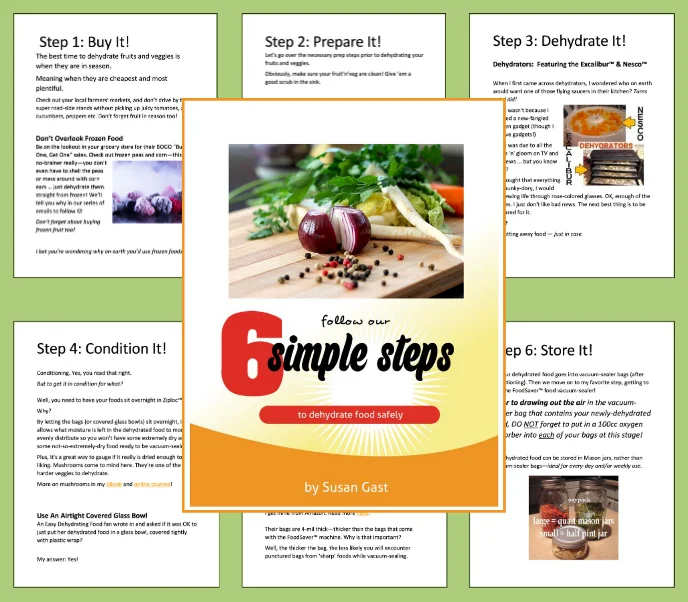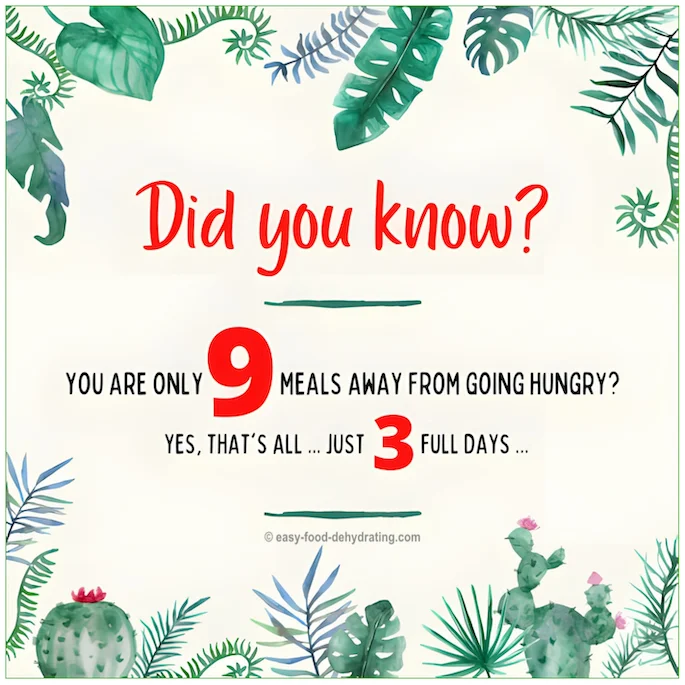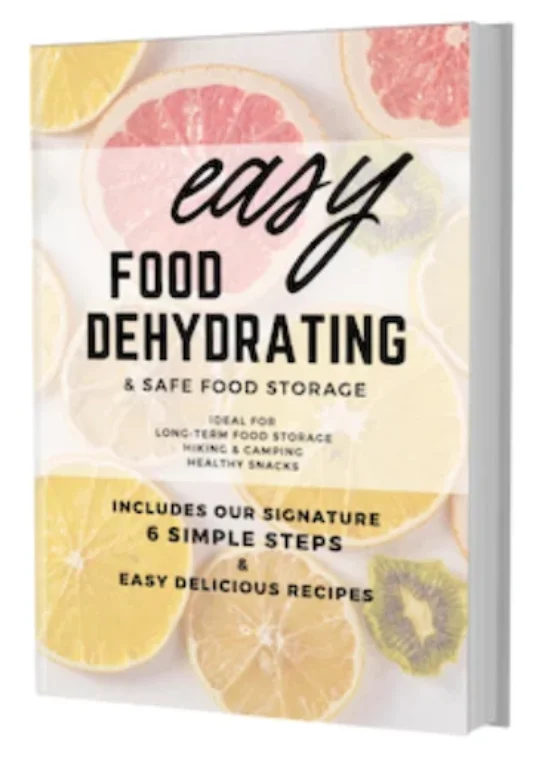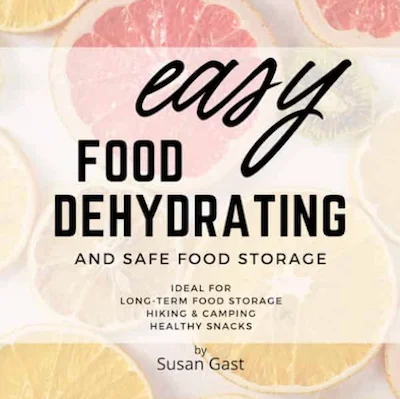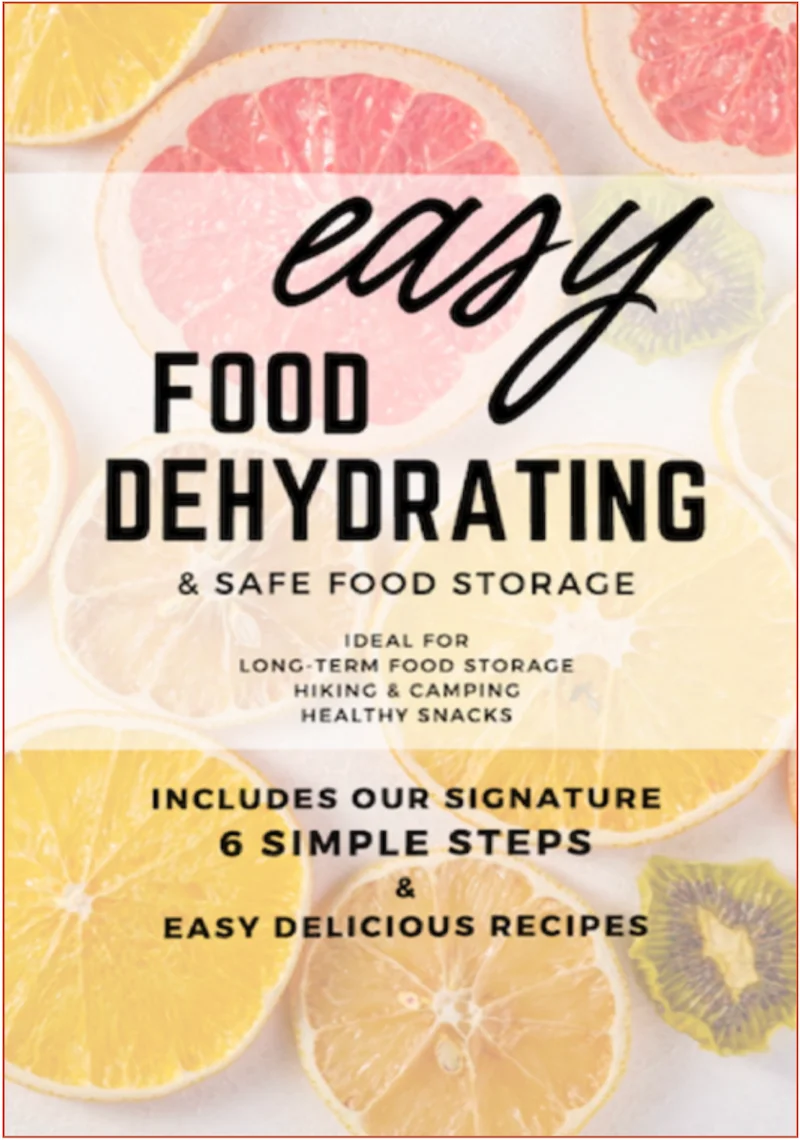What We Mean by “Dehydrate”
Here at Easy Food Dehydrating, “dehydrate” always means using an electric food dehydrator — the easy, reliable way to dry food at home.
- Home
- Keep Your Food Pantry Full
How to Keep Your Food Pantry Full
(and Why It Matters)
Keeping your food pantry full doesn’t have to feel overwhelming. With a few smart strategies - like dehydrating seasonal produce, stocking up on bulk bargains, and rotating your supplies - you can create a pantry that’s affordable, space-efficient, and ready for anything from rising prices to sudden storms.
✅ Quick Answer: How can you keep your food pantry full?
You can keep your food pantry full by dehydrating fruits and vegetables, buying shelf-stable foods in bulk, rotating your stock regularly, and preparing for emergencies. These steps save money, maximize space, and ensure your family always has nutritious food on hand.
5 Smart Reasons to Always Keep a Full Pantry
#1
Foods That Last for Years in Your Pantry
#2
How to Make More Room in a Small Pantry
#3
Save Big: Stock Your Pantry on a Budget
#4
Do Stored Foods Really Keep Their Nutrients?
#5
Why a Full Pantry is Essential for Emergencies
#1
Foods That Last for Years in Your Pantry
#2
How to Make More Room in a Small Pantry
#3
Save Big: Stock Your Pantry on a Budget
#4
Do Stored Foods Really Keep Their Nutrients?
#5
Why a Full Pantry is Essential for Emergencies
Overall, storing dehydrated and canned foods that you regularly eat makes sense for maximizing pantry space, saving money on your grocery budget, getting optimal nutrition from stored food, and being prepared for personal emergencies or large-scale disasters/interruptions in food supply.
Beating Inflation With a Well-Stocked Pantry
Have you seen (and felt) the price of food sky-rocket these past couple of years? For families on fixed budgets, it's a nightmare.
We've all felt the pinch at the checkout counter, and when we get home, we see that our 10 oz. of product is now only 8 oz. of product- in the same sized outer packaging.
And not always for the same price, sometimes it's costlier!
What Happens When Grocery Shelves Empty in 3 Days
Did you know that the average American family only has enough food on hand to last THREE full days?
After that, it's everyone for themselves.
After natural disasters like hurricanes and earthquakes, volcano eruptions and tornadoes, AND not-so-natural disasters like the COVID-19 Pandemic... grocery store shelves empty FAST.
Sometimes the food delivery trucks can't make it to your neck of the woods, so whatcha gonna do?
I say "Be Prepared"... Learn how to dehydrate food!
Keep Your Food Pantry full!
Keep Your
Food Pantry full!
Get your Free Six Simple Steps here!
Is Pantry Preparedness Really Over-the-Top?
I'm making these dramatic points on purpose. Nowadays, we all rely on the local grocery store for our food.
OK, so some fantastic (backyard) farmers out there can grow enough crops and raise cattle on a ten-acre plot—growing enough food to feed their family and a few neighbors, but these folk are RARE.
That's why I'm pointing out that you need to have enough backup food to keep your food pantry full so you and your family aren't caught empty-handed.
We've been through more than our own share of hurricanes down here in central Florida to experience empty grocery store shelves.
There had to be a better way to have food on hand that could be reconstituted with good old water and heated on a campfire (assuming your power is still out for a couple of days until power is restored).
Why I Started Easy Food Dehydrating (and How It Helps You)
That's why I created this Easy Food Dehydrating website and related
eBooks and paperbacks to help you all start building up a supply of
dehydrated fruits and veggies. I also created courses on the Udemy learning platform.
Another point in your favor for dehydrating food is this: you'll have fruits and veggies available to you all year round when they're out of season! How cool is that?!
Our Easy Food Dehydrating and Safe Food Storage eBook teaches you how to dehydrate and safely store the top 14 fresh fruits and the top 16 fresh vegetables. And yes, you can dehydrate the frozen varieties too.
But STOP throwing fresh food away!
Keep your family fed when stressful situations arise.
Learn the Six Simple Steps to Safe Food Dehydrating
Keeping your pantry full is one of the smartest ways to protect your family - whether it’s from rising food prices, sudden storms, or just busy weeks when shopping isn’t possible.
To help you get started, here is your free copy of "Six Simple Steps" which covers, yes, the six necessary steps to safely dehydrate and store fresh or frozen foods.
And while you’re building confidence with dehydrating, here are quick answers to the most common pantry prep questions.
Pantry Prep FAQs: Smart Answers to Common Questions
What foods should I prioritize for a full pantry?
What foods should I prioritize for a full pantry?
Focus on shelf-stable foods like dehydrated fruits and vegetables, rice, beans, oats, canned proteins, and powdered milk. These provide balanced nutrition and long shelf life.
How often should I rotate my pantry stock?
How often should I rotate my pantry stock?
Check your pantry every 1–2 months. Use the “first in, first out” method—eat the oldest items first and place new purchases at the back.
Can dehydrated foods replace fresh produce?
Can dehydrated foods replace fresh produce?
They can’t fully replace fresh produce, but they are an excellent backup. Dehydrated foods retain most nutrients and are perfect for soups, stews, snacks, and emergency meals.
How much food should I store for emergencies?
How much food should I store for emergencies?
A good rule of thumb is at least 2 weeks’ worth of food per person. Many families aim for 1–3 months of essentials to cover longer disruptions.
